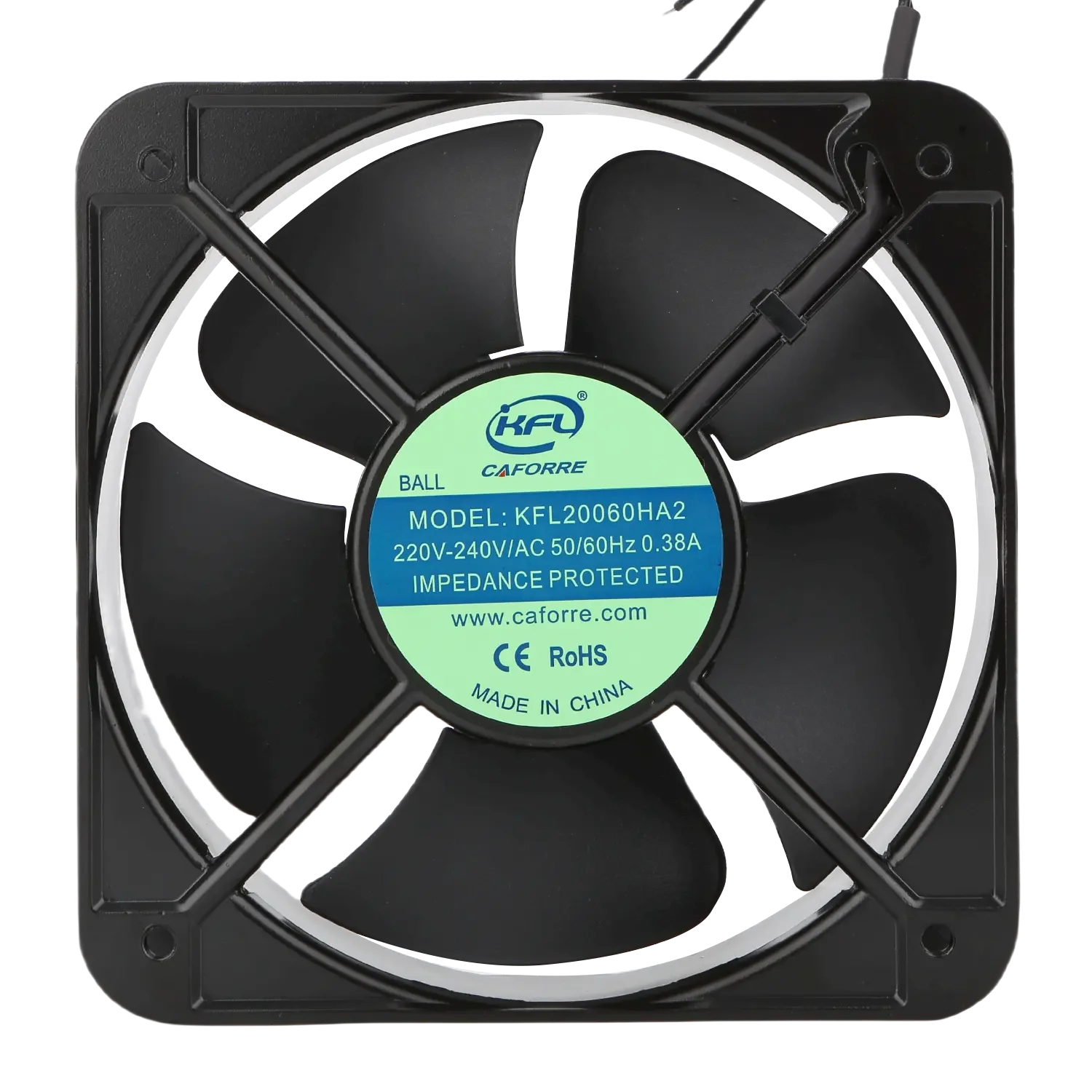In the realm of scientific exploration, chemistry labs stand as bastions of innovation and discovery. However, the very nature of chemical experimentation poses inherent risks that can lead to accidents if proper precautions are not taken. This article delves into the multifaceted safety measures that should be implemented in a chemistry lab, ensuring a secure environment for both novice and experienced chemists alike.
Understanding the Risks
Before delving into specific precautions, it is crucial to understand the types of hazards present in a chemistry lab. These can be broadly categorized into:
- Chemical Hazards: These include corrosive substances, toxic agents, flammable materials, and reactive compounds that can lead to chemical burns, poisoning, or explosions.
- Physical Hazards: These encompass risks associated with equipment, such as glassware breakage, electrical hazards, and mechanical injuries from lab instruments.
- Biological Hazards: In labs that handle biological materials, there is a risk of exposure to pathogens or allergens.
Fundamental Safety Precautions
- Personal Protective Equipment (PPE)
The cornerstone of lab safety is the use of appropriate personal protective equipment. This includes:
- Lab Coats: Made from flame-resistant materials, lab coats protect against spills and splashes.
- Safety Goggles: Essential for eye protection against chemical splashes and flying debris.
- Gloves: Nitrile or latex gloves should be worn to protect hands from hazardous substances. It is vital to select gloves that are appropriate for the specific chemicals being handled.
- Face Shields: For operations involving high-risk chemicals or processes, face shields provide an additional layer of protection.
- Proper Ventilation
Ensuring adequate ventilation is critical in minimizing exposure to harmful vapors and gases. Fume hoods should be used whenever volatile substances are handled. Regular maintenance and checks of ventilation systems are essential to ensure they are functioning correctly.
- Chemical Storage and Labeling
Proper storage and labeling of chemicals are paramount in preventing accidents. Chemicals should be stored according to their compatibility, with flammable materials kept away from oxidizers. All containers must be clearly labeled with the chemical name, concentration, and hazard symbols. Additionally, a well-maintained inventory of chemicals should be kept to track usage and expiration dates.
Emergency Preparedness
- Safety Data Sheets (SDS)
Every chemical used in the lab should have an accompanying Safety Data Sheet (SDS) that provides detailed information about its properties, hazards, and emergency response measures. Familiarizing oneself with the SDS of all chemicals in use is a critical step in ensuring safety.
- Emergency Equipment
Every lab should be equipped with emergency equipment, including:
- Eyewash Stations: These should be easily accessible and regularly tested to ensure functionality.
- Safety Showers: For decontamination in case of chemical exposure.
- Fire Extinguishers: Appropriate extinguishers should be available, and personnel should be trained in their use.
- First Aid Kits: Stocked with necessary supplies and easily accessible.
Training and Protocols
- Regular Training Sessions
Conducting regular safety training sessions for all lab personnel is essential. These sessions should cover:
- Proper handling and disposal of chemicals.
- Emergency response procedures.
- Use of PPE and safety equipment.
- Standard Operating Procedures (SOPs)
Developing and adhering to Standard Operating Procedures (SOPs) for all lab activities is vital. SOPs should outline step-by-step instructions for experiments, including safety precautions and emergency procedures. Regular reviews and updates of SOPs ensure they remain relevant and effective.
Conclusion
Navigating the complexities of a chemistry lab requires a commitment to safety and a proactive approach to risk management. By implementing comprehensive safety protocols, utilizing appropriate personal protective equipment, ensuring proper ventilation, and fostering a culture of safety through training and adherence to SOPs, chemists can significantly reduce the likelihood of accidents. Ultimately, a well-prepared lab not only protects its personnel but also enhances the quality and reliability of scientific research. Emphasizing safety is not merely a regulatory obligation; it is a fundamental aspect of fostering innovation in the fascinating world of chemistry.

Average Rating